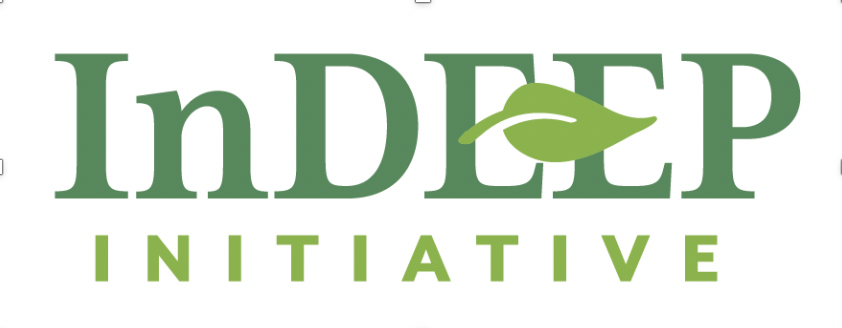Seven ways the philanthropic sector can advance work in Native communities
Raymond Foxworth, Vice President - Grantmaking, Development & Communications, First Nations Development Institute
During our recent Inclusive Funding Strategies Webinar, Raymond Foxworth, of the First Nations Development Institute, shared seven tips for the philanthropic sector to work more effectively with Native communities.
Make philanthropy more representative of Native people
Reports have shown that philanthropy is overwhelmingly white, and Foxworth noted that fewer than 50 people of Native descent have a philanthropic giving portfolio, and only about 1% of all foundation board members are Native. Foxworth said it’s vital to increase representation and retention of Native American people in philanthropic organizations while avoiding tokenism.
Listen, learn, and visit Native communities
Since many larger foundations are centered in urban areas, it’s important that funders make a point to travel outside their norm (and possibly their comfort zone, at first) to visit Native communities. Foxworth said many Natives are already doing philanthropic and environmental work, so funders can benefit from learning about their existing approaches and the values associated with the work they’re doing.
Make Native people visible
Native people are often excluded from research efforts or included as a footnote because of small sample size. Foxworth said philanthropies must make the effort not only to include Native people in their data-gathering efforts but also inviting them to meetings, asking them to be speakers at events, including them on expert panels, and generally making them part of the agenda.
Move beyond white-centered approaches to the work
Again, Foxworth emphasized that many Native communities are already engaged in environmental work, and they know their own communities best. Philanthropies must acknowledge that there are alternates beyond the mainstream and respect the existing knowledge within these communities.
Move beyond stereotypes
Foxworth said it’s far too easy for funders to place blame on Native communities, citing them as high-risk, having little or no capacity, and experiencing too much transition in leadership. These stereotypes perpetuate power inequities and prevent important work from being done.
Feel comfortable being uncomfortable
The work is about survival and perpetuating life ways in Native communities, not about making others feel comfortable, Foxworth said. For philanthropic organizations, that may also mean giving up some power in order to effectively work with these communities.
Invest
Philanthropies must go beyond listening, learning, investigating, and crafting strategy around Native communities. They must invest and provide direct support to Native-led efforts that can really lead to change.
Is your organization interested in learning more about inclusive funding strategies? Keecha Harris and Associates would love to chat with you. Just send us a note!

